Joni Eareckson Tada has lived for more than fifty years as a person with quadriplegia, the result of injuries sustained in a diving accident when she was a teenager. She uses a motorized wheelchair for mobility. When envisioning what it will be like to meet Jesus for the first time in eternity, she imagines herself getting out of her wheelchair on new, “made-for-eternity” resurrected legs—and then immediately falling down before him on “grateful, glorified knees.”Joni Eareckson Tada, A Place of Healing: Wrestling with the Mysteries of Suffering, Pain, and God’s Sovereignty (Colorado Springs, CO: David C. Cook, 2010), 207.
Chantal Huinink, by contrast, imagines a different possibility. Born with cerebral palsy, Huinink has never walked and, like Joni, uses a motorized wheelchair to get about. But rather than picturing herself in the eternal state without a wheelchair, Chantal envisions the possibility of riding around heaven in a “souped-up” wheelchair, much as God himself is portrayed in Ezekiel 1 and Daniel 7:9 as moving on a wheeled throne. As Huinink puts it, “More than the ability to walk, I think I would like a wheelchair equipped with jet packs!”As quoted in Brian Brock, Disability: Living into the Diversity of Christ’s Body (Grand Rapids, MI: Baker Academic, 2021), 36. For discussion of the Ezekiel 1 and Daniel 7:9 passages, see p. 30.
These contrasting personal perspectives reflect two main views in the literature addressing the question whether disabilities will be “healed” in the resurrection. On one side is what we might call the “traditional view,” according to which disabilities are a “tragic effect of the fall” (to borrow Brian Brock’s phrasing) that will be fully eliminated or erased in the resurrection. At the risk of oversimplifying, the basic logic of this traditional view runs something along the following lines. The fall profoundly impacted all of creation; indeed, the creation itself came under a curse as a result of humankind’s sinful rebellion against God. Sin, disease, and death—and all the attendant difficulties of life, disabilities included—thus came into the world. In the eschaton, all the effects of the fall, sin, and the curse will be reversed or eliminated.In the eschaton, all the effects of the fall, sin, and the curse will be reversed or eliminated. Accordingly, if disability is one of those effects, then disability, too, will be erased in the eschaton. See Brock, Disability, pp. 95–133 for further discussion. For purposes of this introduction, I am using such phrases as “eschaton,” “eternal state,” “the resurrection,” etc., synonymously and interchangeably.
More recently, some disability theologians (such as Amos Yong, Brian Brock, and others) have suggested an alternative approach to understanding the nature of disability as it relates to the resurrection and the eschatological state. In general, these authors have argued that in the resurrection, disabilities will (in some sense) be retained, albeit in a transformed or redeemed way. The basic idea here is that while the pain, discomfort, frustration, social exclusion, marginalization, and even outright oppression that are often either the cause of or associated with disabilities will no longer be present in the eternal state, the resurrected bodies (and minds) of individuals who experienced disability in this present life may still (in some sense) bear the “marks” of those disabilities—marks that will, in turn, serve as powerful testimonies to the depth and breadth of God’s transforming grace in much the same way that Jesus’ resurrected body, though glorified, still bore the marks of his crucifixion wounds.See Amos Yong, “Disability and the Love of Wisdom” (2009); R.T. Mullins, “Some Difficulties for Amos Yong’s Disability Theology of the Resurrection” (2011); and Amos Yong, “Disability Theology of the Resurrection: Persisting Questions and Additional Considerations – A Response to Ryan Mullins” (2012).
One of the principal motivations for taking this sort of position is the concern that how we think about disability in the afterlife can have significant ramifications for life in the “here and now.” As Yong explains in a 2009 article:
Asking the right questions about the afterlife has implications for how we conduct business in the present life. If we think that the afterlife is a ‘magical’ fix for all the challenges posed by disability, then we may be more inclined to simply encourage people with disabilities (as has long been done) to bear up under their lot in life and await God’s eschatological healing for their lives. Yet this assumes that the task of responding to the issues of disability belongs to God, and it also assumes that disability is primarily (perhaps only) an individual affair. I have maintained throughout this essay, however, that there is an intractable social dimension to disability, and how we think about the afterlife shapes our vision for the present one. If life in the hereafter manifests the divine and cosmic justice we all hope for, and also includes people with disabilities in a sense just as they are—see, for example, the parable of the eschatological banquet at which the blind, lame, and deaf are included (Luke 14:1–24)—then such notions of justice and inclusion should also guide our present efforts.
More fundamentally, the topic of disability and the resurrection connects in important ways with this year’s Creation Project focus on theological anthropology. One aspect of this theme involves consideration of how to account for features of the created order that may appear—at first glance, anyway—to fall short of the “good” and the “very good” of creation, as recorded in Genesis 1. Many would see disability as fitting into this category. Whether this is the correct view of things is, of course, a matter of fierce debate in the literature. In any event, given that many take disability to have a presumptively negative valence, its presence in the context of a good, divinely created, and divinely ordered world at least suggests the need for explanation.
So, then, the main question to be addressed in this Areopagite is this: Will (all) disabilities be (completely) healed in the resurrection? (The parentheticals are important: one might think, for example, that certain disabilities but not others will be retained in the eternal state, and one might further think that the degree to which a disability is retained or eliminated might vary depending on the type of disability in question.)
Inevitably, a number of related questions come into play in thinking about the main question. For example:
- Theologically, how should we think about disability? In particular, what role (if any) should the notion of sin play in our understanding of disability? If so, in what ways, and how? Or, is there a better way altogether to think about disability?
- Given that God providentially permitted disability to exist, why did he do so? What is the point of disability? And what implications, if any, does that “point” have for how we understand the nature of our resurrection bodies? Alternatively, how does our understanding of the nature of the resurrection inform our understanding of the “point” of disability in the here and now?
- Is there a meaningful distinction between “healing” and “cure”—and if so, what implications, if any, does this have for the discussion at hand? If we speak of disability being healed in the resurrection, is that the same thing as being cured?
- Does the answer to the question whether disabilities will be healed in the resurrection change at all when different types of disability are in view (e.g., physical vs. cognitive/intellectual)?
- How does our view of disability in the eschaton influence our treatment of persons with disabilities in the here and now? In particular, what are the implications of all this for the life of the church today?
These are by no means the only questions that might be raised in this context; we invite our contributors to take up any of these (or other) “subsidiary” questions they deem most relevant to addressing the main question at hand. In the end, we hope the discussion here will prove to be both theologically illuminating and practically edifying to the life of the church as we await the glorious return of our risen Lord, who will make “all things new” (Rev 21:5).
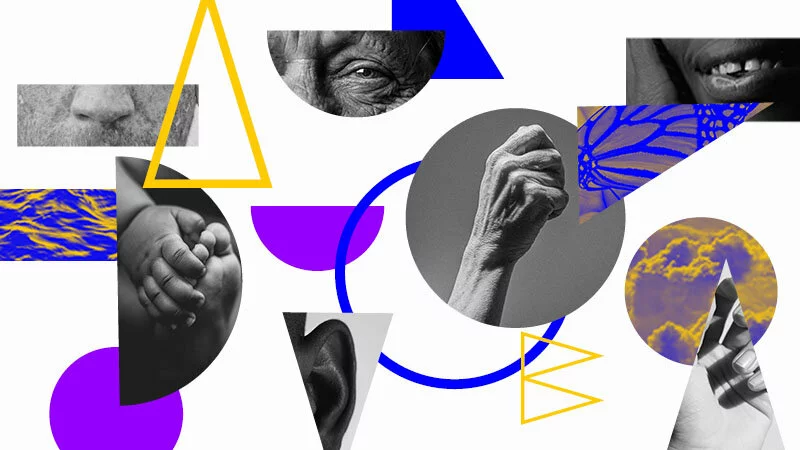
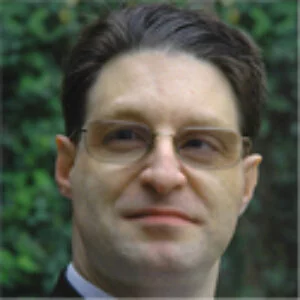
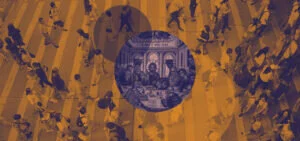
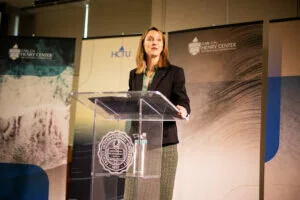
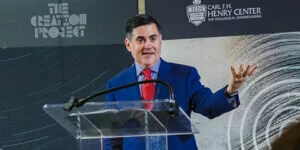


Comments
Be the first one to make a comment!